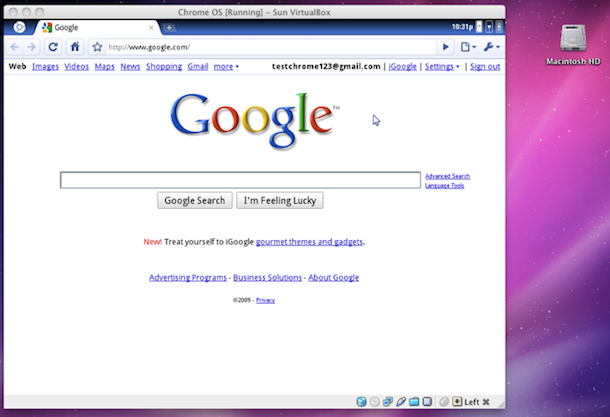

- How to use google chrome on mac how to#
- How to use google chrome on mac full#
- How to use google chrome on mac plus#
- How to use google chrome on mac mac#
You’ll be given a list of all the experimental features currently being developed that you can enable in your browser, though you should beware that some of these features may change or break. You can access whatever features are currently in public development in the browser by typing chrome://flags in your address bar. You can create multiple search engine shortcuts. You can now enter a search engine’s name (DuckDuckGo), a keyword (such as Dgo) and a relevant URL, such as Once you have this correctly setup when you want to use your alternate search engine in Chrome you can just type the keyword Dgo and the phrase or word you want to search for, eg: ‘dgo tim cook on privacy’ will open a search for Tim Cook on privacy in DuckDuckGo. Open Chrome Settings (from the Menu or type chrome://settings) and in the Search Engine section choose Manage Search Engines. You can set Chrome up to use different search engines really easily.
How to use google chrome on mac full#
Select History>Show Full History and select Tabs from other devices.

How to use google chrome on mac mac#
(Safari’s integration with the Mac also lets you do this.) To accomplish this on Chrome, follow these steps: If you log in to Chrome, you will be able to take a look at all the browser windows you have open in Chrome on all your other devices.
How to use google chrome on mac how to#
How to find windows you have open elsewhere In Apple’s Safari browser you can set this up in Safari>Preferences>General where you should set Safari opens with to All Windows from Last Session.Select Continue where you left off and the next time you relaunch your browser all the pages you left open in your last session will be available.You’ll find three choices: Open the New Tab page Continue where you left off Open a specific page or set of pages.Type chrome://settings and look to the On startup.The snag is that when you do so you lose all your active pages. How to easily open all your current windowsĪnother way to boost performance when using a web browser is to quit and restart the browser from time-to-time. Tap the Spacebar once to scroll down to the next viewable section of a webpage, or tap Shift-Spacebar to scroll up again. To jump to the last tab choose Command-9. This is a neat way to swiftly slip between tabs. Command-1) and you will open the first active tab in your browser. This works the same on Safari and Chrome: Hold the Command key and select a number (eg. This is useful for when you want to open some of your active tabs in a new browser window. Press the Command key while selecting multiple tabs in Chrome and you can drag them all around simultaneously in the browser. Use the same basic sequence to unpin the tab once you’re done with it just choose Unpin Tab. To do so, just right-click on the tab and choose Pin Tab. Just as in Safari, you can pin tabs in Chrome.
How to use google chrome on mac plus#
If you can’t read the text, try Command and the plus key to increase page zoom size, or choose Command and the minus key to shrink it down. Command-Shift-B: Use this command to open and close bookmarks.Command-Shift-T: Closed a tab you didn’t mean to close? Try this command to reopen the last-closed tab.Command-L: Highlights text in the address bar.



 0 kommentar(er)
0 kommentar(er)
